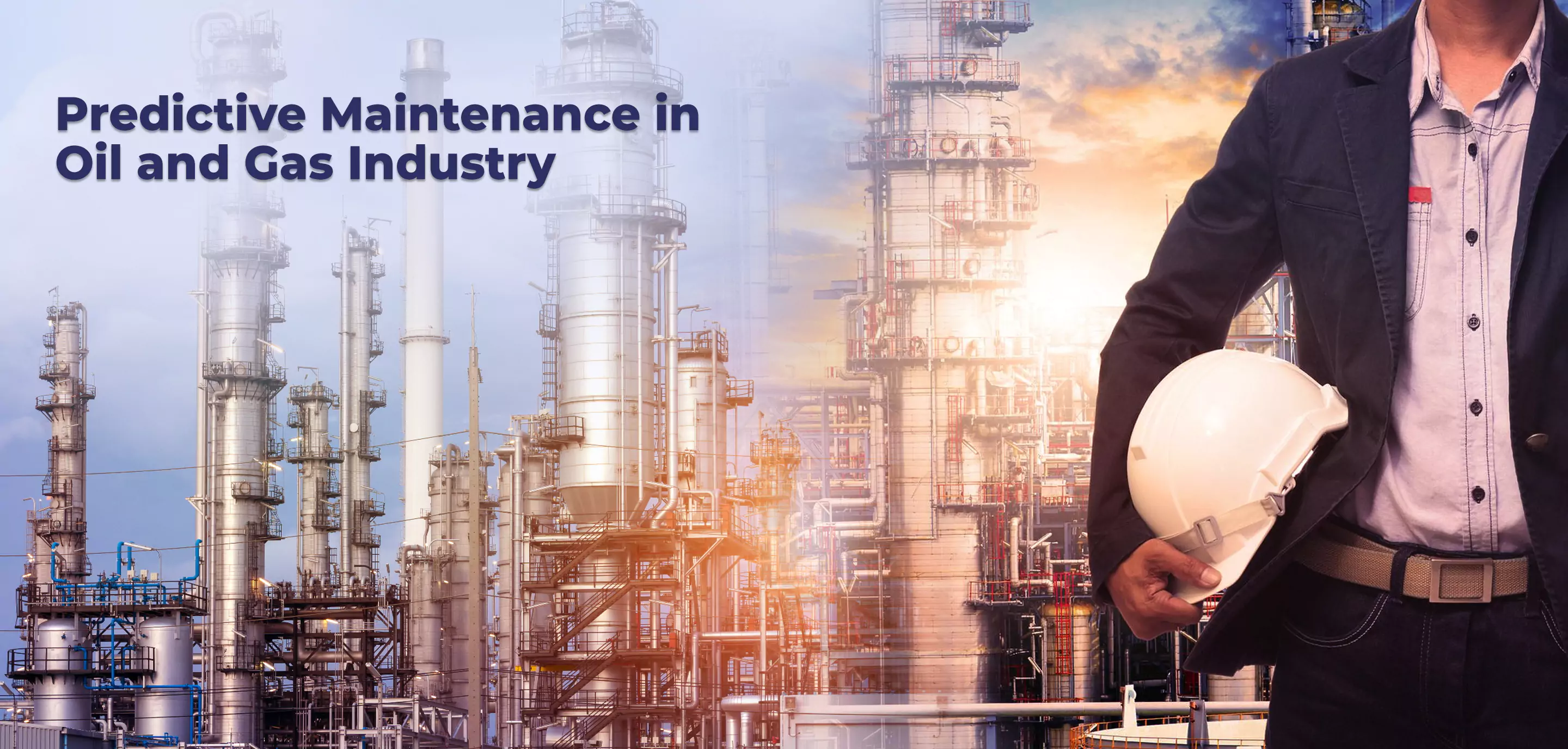
The oil and gas industry makes use of machines that are at least 15-20 years old. If not maintained properly, these pieces of machinery can cause an unplanned shutdown resulting in an immense loss. The effect of shutdowns in big establishments like oil and gas have far-reaching effects. Thus, it is essential to undertake maintenance work of these machineries regularly.
Predictive maintenance is a form of proactive maintenance that monitor, store and analyze data of machinery used in the oil and gas industry. Through predictive maintenance, the technicians can monitor the performance of all the machinery in the industry and track its performance. The company can take corrective action without delay if there are any defects. As a result, the overall operational efficiency can be improved.
Why is predictive maintenance important in the oil and gas industry?
The oil and gas industry has huge infrastructural facilities that have been used for years. A lot of investment is made in this infrastructure for its installation and operation. Thus, predictive maintenance is highly essential to ensure that the machinery function smoothly.
Here are some reasons why predictive maintenance is important in the oil and gas industry.
Ageing infrastructure
Most of the machinery used in the oil and gas sector was built years back using the technology prevalent at that time. These machinery have surpassed their life expectancy and are likely to malfunction as the years' pass. Besides, several environmental conditions can also cause deterioration of the machine and affect its overall performance. Thus, it is essential to undertake predictive maintenance of the machine.
Cost factor
Breakdown of industrial machinery can cause massive loss to the stakeholders, loss of employment for workers, and delay in project execution. However, replacing the machines is not practically and financially viable. Thus, companies need to figure out a way to prevent machines' breakdown and losses. Through predictive maintenance, the company can detect any machine defects early and take corrective action.
Safe working environment
Ensuring a safe working environment for workers is the responsibility of every industry. This has gained a lot of significance, especially after Covid 19. The company should do everything possible to avert and prevent accidents.
Predictive maintenance uses the Internet of Things and other technologies to monitor and control the machines remotely. This helps create a safe working environment for employees.
What are the popular predictive maintenance technologies used in the oil and gas industry?
Vibration monitoring
Most of the machinery used in the oil and gas industry, like turbines, conveyer belts and gears, have their own unique vibration. Through vibration monitoring, each of these machinery's vibration patterns is detected. These are then compared with historical data to figure out any defects. Based on this, the company can take corrective action. Vibration monitoring can be done in both online and offline modes.
Thermography
All industrial machinery emits heat while functioning. Excessive heat generation by machines is an indication of malfunction or defect.
In thermography, infrared imaging helps to monitor the heat generated by the machines. Technicians make use of infrared cameras to determine the quantity of heat. The technique of using infrared thermography applies to a wide range of equipment, including both electrical and mechanical components.
Lubricant oil analysis
Lubricant oil helps reduce friction and excessive heating in machines. In due course, the lubricant oil gets contaminated, thus affecting the effective operation of the machine. Lubricant oil analysis helps determine the particle count, viscosity, and the presence of other contaminants in the equipment. The result of lubricant oil analysis is checked with some predetermined standard to determine the extent of the contamination.
Ultrasonic and acoustic emission test
These tests determine any defects in the high-frequency sound produced by the machine. The ultrasonic and acoustic emission test is used to detect the functioning of various equipment in the industry like mechanical parts, pipelines, tanks, bridges and drilling rigs.
Conclusion
Though predictive maintenance is highly essential for the oil and gas industry, implementing the same is a big challenge. In recent years, all industrial establishments with huge machinery have started adopting predictive maintenance strategies to ensure operational efficiency.
Predictive maintenance is a highly skilled area that requires qualified personnel. Evaluating the data provided by thermography and vibration monitor require specialized skill. Thus, there is a need for more qualified personnel who can effectively implement predictive maintenance. The lack of qualified personnel poses a big challenge in carrying out predictive maintenance.


